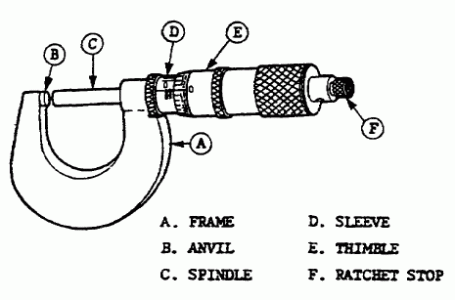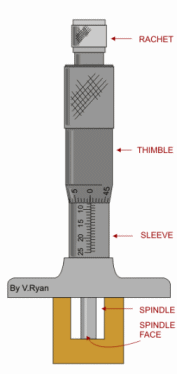- Joined
- Nov 16, 2012
- Messages
- 5,596
Hi All...
I had an offline talk with Tony and Nelson because I felt this was a nice site and wanted to contribute. The idea came-up to create a bunch of "Sticky" reference Metrology sections starting with the basics of things helpful to a newcomer hobby machinist. So, how about if we tackle the subject of basic, non-digital Micrometers? Perhaps we could start that with nomenclature then, move on to how to use and read it (including tenths) then, move on to tightening techniques (with or w/o ratchet), how to check/adjust calibration, effects due to temperature, proper care, how to identify problems -and of course, any topics you feel are helpful including any good stories about your success and mistakes with mics. (and in all honesty, some of these topics are things I could stand to learn about myself)...
Well, what say you? Who will be the first to post?
Regards
Ray
I had an offline talk with Tony and Nelson because I felt this was a nice site and wanted to contribute. The idea came-up to create a bunch of "Sticky" reference Metrology sections starting with the basics of things helpful to a newcomer hobby machinist. So, how about if we tackle the subject of basic, non-digital Micrometers? Perhaps we could start that with nomenclature then, move on to how to use and read it (including tenths) then, move on to tightening techniques (with or w/o ratchet), how to check/adjust calibration, effects due to temperature, proper care, how to identify problems -and of course, any topics you feel are helpful including any good stories about your success and mistakes with mics. (and in all honesty, some of these topics are things I could stand to learn about myself)...
Well, what say you? Who will be the first to post?
Regards
Ray



